Raytheon has been awarded a $258,742,330 cost-plus-incentive-fee contract for the engineering, manufacturing and development of the Standard Missile 2 (SM-2) Block IIICU All Up Round, according to a U.S. Department of Defense contract notice.
Options could take the total contract value to $263,137,090.
The majority of work will be performed in Tucson, Arizona (72%), with additional work in Simsbury, Connecticut (7%); Wolverhampton, UK (3%); Salt Lake City, Utah (3%); and smaller shares in North Logan, Utah; McKinney, Texas; Warrington and Bristol, Pennsylvania; Hauppauge and Coxsackie, New York; Tampa, Florida; San Jose, California; and Anniston, Alabama. Completion is expected by September 2031.
Funding at award includes $52,054,849 in fiscal 2025 U.S. Navy research, development, test and evaluation funds, $18,473,766 in Foreign Military Sales funding for Canada, and $9,071,456 in fiscal 2024 Navy RDT&E funds, of which the latter amount will expire at the end of the fiscal year. The contract was not competitively procured, with the notice citing 10 U.S. Code 3204(a)(1) — only one responsible source.
Barbara Borgonovi, Raytheon’s president of Naval Power, said: “This contract signals the increased demand given the critical role these interceptors are playing for the U.S. and our allies. The SM-2 Block IIICU variant incorporates several upgrades and will provide the U.S. Navy with a more capable and versatile missile for modern naval defense operations.”
The SM-2 remains a key anti-air warfare asset for U.S. Navy Aegis destroyers and cruisers, providing firepower against high-speed, highly manoeuvrable anti-ship missiles and aircraft. The missile can be launched from the MK 41 Vertical Launching System and MK 57 Advanced VLS, and has been in service for decades with more than 12,000 delivered to the U.S. and allied navies. International operators include Australia, Canada, Germany, Japan, South Korea, the Netherlands, Spain and Taiwan, with Chile and Denmark due to join the list.
In early 2024, the U.S. Navy confirmed the SM-2 had been fired in the Red Sea to intercept anti-ship missiles and drones launched by Houthi rebels targeting commercial shipping. The Block IIICU programme is intended to add further capability to this proven system, ensuring its relevance in modern maritime threat environments.



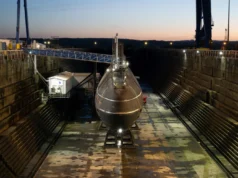

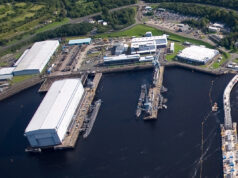


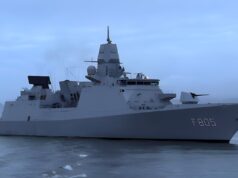

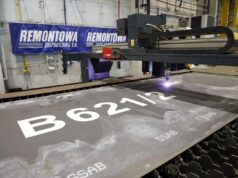
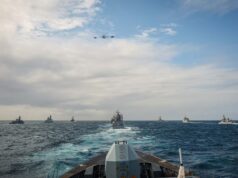


The medium range ~160 km, $2.5 million?, SM-2 Block IIIC & CU replaces the legacy semiactive missile seeker with a dual mode semi-active and active missile seeker developed from the AMRAAM-120 AA missile seeker and have a new dorsal fin design and a thrust vectoring jet tab assembly that control trajectory as the missile egresses the launcher, the latest CU variant has a new Guidance Section Electronics Unit (GS EU) to address obsolescence issues.
The SM-6 also uses a seeker derived from the AIM-120. SM-2 versions have been upgraded with active seekers for a while, but it sounds like this is a way to make them even closer to the SM-6 in capability. Very nice upgrade.
I would say the Headline “wins” is a bit miss leading…..hands on a plate with pink bows is closer to the true.